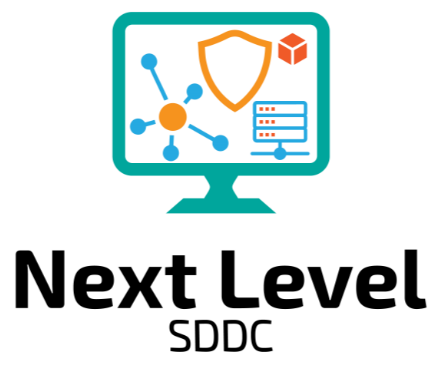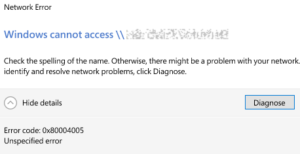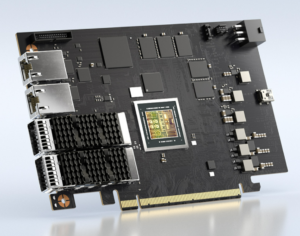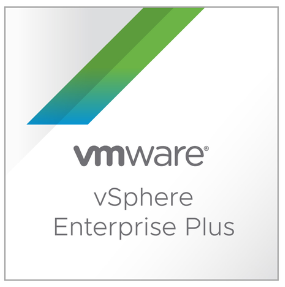If you paid attention today to your Inbox, LinkedIn, Twitter feed, etc… you might have noticed that there were some posts flying around talking about these new vSphere+ and vSAN+ offerings. This idea was initially discussed on VMworld 2021 under codename Project Artic.
Normally I am super excited about these types of announcements, but I am struggling to find where I can get some value out of this one. Maybe I am missing it since I have not ran into any companies trying to deploy Kubernetes on their Remote Sites with the option to scale out to the public cloud seamlessly yet, or maybe I am just not truly understanding how this would save anyone time or resources
When I think of remote sites, I am thinking offices, warehouses, stores, etc…nothing that requires a whole lot of compute power, other than the bare minimum and fits in a MDF/IDF. Most enterprise workloads/databases still run on a datacenter, or a hybrid-cloud, or strictly in the public cloud. When I think remote site, I am thinking it includes a small IT footprint with possibly some Active Directory, DNS, DHCP, Print Services, File Services, Security Cameras Software, Backup Proxy, Virtual Firewalls, etc…
But let’s go ahead and break down all the buzzwords from the announcement so you can see where I am coming from.
- Flex Subscription model that includes vCenter, ESXi, Tanzu Standard Runtime and Tanzu Mission Control Essentials
- vSAN/vSphere ROBO has been available for years now, and the price tag is under $4K for a 25x VM Pack.
- vCenter License? If you want simplified management, would you really deploy one vCenter per ROBO site?
- Centralized Management
- Hmmm…vCenter you mean? Which you have most likely been leveraging for years now?
- Lifecycle Management
- Once again, vSphere Update Manager? Where you can create your baselines, patches, updates, etc?
- Cloud-Enabled Automation of updates of on-premises infrastructure components
- Sounds super cool, but still means Update Manager to me.
- Cloud-Based Remediation
- Vulnerability fixes? I guess if there is a similar log4j situation in the future and there is no patch available, this can come in handy if you have hundreds of site to address.
- Security Checks
- There is a product for that called Skyline, as of lately changed names to Skyline Advisor PRO actually.
- Provision VM service
- Ever heard of VM Templates? vRealize Automation? Blueprints? 3rd Part Software specialized in this?
- Configuration management service
- Back to my previous question…if your goal is to simplify the management, why have so many vCenters?
- Global Inventory Service
- Can be useful if you decided to separate each remote site, and handle each vCenter separately.
- Multi-vCenter Management
- Why though? A single X-Large vCenter can handle up to 2,000 hosts and 35,000 VMs.
- VMware Cloud Disaster Recovery
- This is pretty cool, and I actually like the concept, however, most likely there is a DR strategy for these sites already in place. One that includes the ability to power on those VMs immediately if needed (lower RTOs)
- Any standard ROBO vSphere deployment can leverage this today. vSphere+ / vSAN+ is not required.
- Providing developers self-service access to Kubernetes environments on a common infrastructure platform
- Yes! If there is a benefit having containers at the edge for your business, then this can make sense.
- If there is a benefit of scaling those containers to another cloud due to ROBO constrains, then it also makes sense.
VMware News Press Release here
Vmware Blogs Announcement here
vSAN+ Overview Blog here
vSphere+ Overview Blog here



